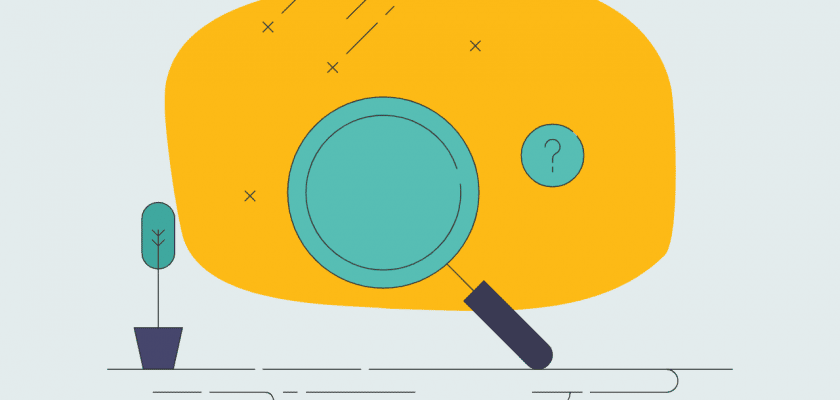Kids learn best by doing, rather than being told what to learn. That’s what education is all about: allowing students to apply what they know to be able to solve problems, rather than just accumulating knowledge. And that is what happens in a classroom scavenger hunt.
In this post, you will find out what a classroom scavenger hunt is and why it is such a valuable tool for teaching. You will also find a list of resources and ideas for classroom scavenger hunts, so you can begin to use them right away.
Table of Contents
- What Is A Classroom Scavenger Hunt?
- Why Should You Have A Classroom Scavenger Hunt?
- The Benefits Of A Classroom Scavenger Hunt For Kids
- Step by Step: How To Create A Classroom Scavenger Hunt
- 23 Scavenger Hunt Ideas & Resources
- Classroom Scavenger Hunt FAQs
- Final Thoughts About A Classroom Scavenger Hunt
What Is A Classroom Scavenger Hunt?
A classroom scavenger hunt is an activity where the students are given a set of clues, which they must follow to gather a set of results. At the simplest level, the list could be the names of various objects that must be found in or around the classroom. At the other end of the scale, the clues may be math problems, all of which need to be solved to complete the hunt.
Why Should You Have A Classroom Scavenger Hunt?
Having a classroom scavenger hunt is an interesting and exciting way to get students involved in their learning. It is also downright fun.
More importantly, however, a scavenger hunt is the perfect way to get students thinking creatively and working together to apply their knowledge to problems. This makes the learning interactive, as well as personal.
A scavenger hunt is a great way to test the understanding of basic concepts and ideas, as well as give kids the best opportunities to apply what they know in an active manner.
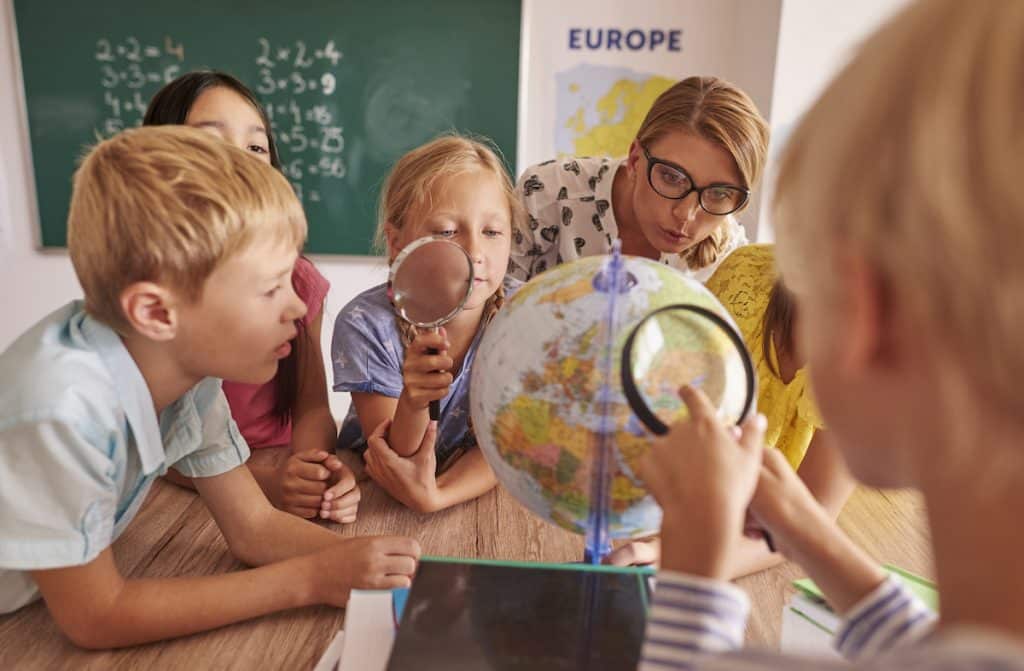
The Benefits Of A Classroom Scavenger Hunt For Kids
A classroom scavenger hunt is great fun and puts the emphasis of the learning situation on the kids and their actions. Beyond these, though, there are other benefits for kids.
Builds Problem-Solving Skills
The way a scavenger hunt works is to give the students written clues they have to follow to find something. This may be in the form of a physical object, a QR code that they need to scan, or even the answer to a complex problem.
All the clues are mini-problems that need to be solved. This is one of the great benefits of classroom scavenger hunts: they build problem-solving skills at various levels.
Easy To Customize
Some scavenger hunts are ‘one-size-fits-all’. These will use ideas and questions that are either universally applicable or are general and open-ended enough to be applied in any context.
A hunt set around angles in Grade 9 Math will be suitable for all Grade 9s following that curriculum, anywhere. A scavenger hunt for lower grades that asks for items such as ‘Something that is red’ will also fit just about any context.
However, not all situations, places and contexts are the same, so not all scavenger hunts will be suitable in every classroom. This is the beauty of scavenger hunts. If the overall idea and the general clues are well thought through and set out, they can be adapted to suit your kids and your context.
Exercises Both Body And Mind
At the simplest level, a classroom scavenger hunt will ask the students to find objects, following clues. Even at this level, they engage their minds as they solve the clues and bodies as they find the objects.
More advanced hunts may require more mind than body work. However, as an approach to classroom activities, scavenger hunts all demand exercising both the body and mind.
Teaches Teamwork
It is very unlikely for students in a classroom scavenger hunt to work alone because classes are large and it’s more practical for the kids to work together. More importantly, however, putting your students into groups and setting them off on the hunt means they need to learn to work together to find the answers and complete the hunt.
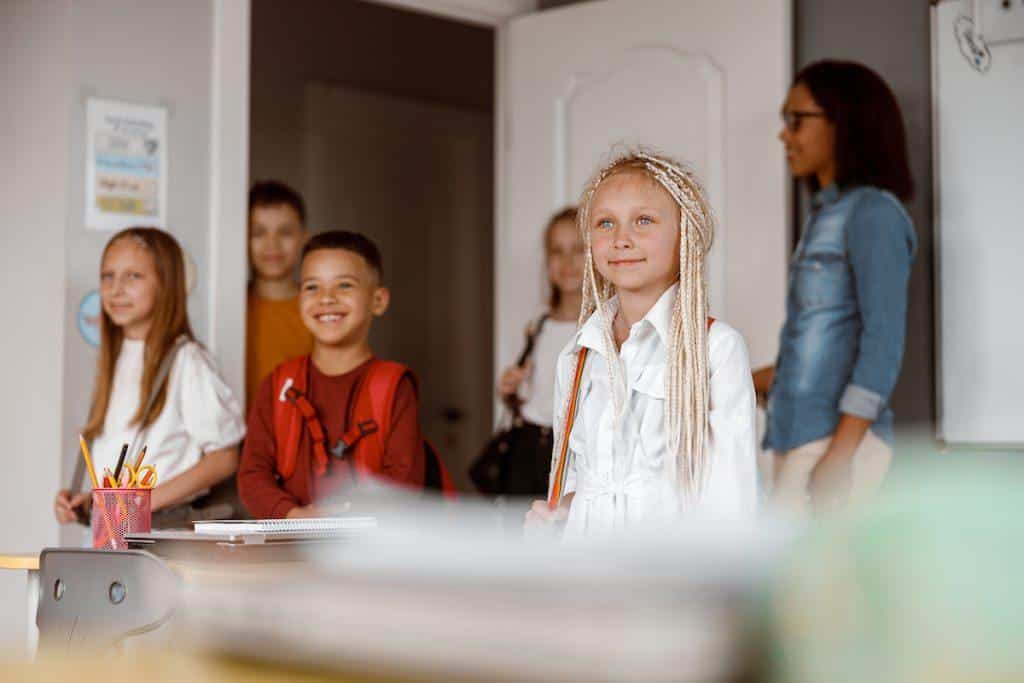
Step by Step: How To Create A Classroom Scavenger Hunt
When you put together a scavenger hunt, make sure all your ducks are in a row.
Step 1: Gather The Sets Or Resources
You can’t hold a classroom scavenger hunt without all the resources. This may mean gathering actual objects and designing a clue sheet. It may also mean finding or downloading resources, books or sheets. Write a checklist and make sure you have everything ready before you begin to work on the logistics of the hunt.
Step 2: Print And Laminate All Materials
Don’t think of a scavenger hunt as being a once-off. It is the kind of activity that you can repeat year after year with different classes. You may even be able to adapt a hunt and use it more than once a year.
Make sure, then, that all the materials are durable. Try to laminate the clue sheets and playing cards, rather than only printing them. Not only will they withstand the hunt, but they should last for a good while.
Step 3: Place Resources All Around The Classroom
Before you begin the hunt, make sure that you have put all the necessary objects, problems or solutions in the correct places around the classroom (or outdoors if you choose to go that route). You can’t expect the kids to find things that aren’t there to find.
Step 4: Assign Students Partners Or Into Small Groups
Bring the students into the classroom (or other space) and divide them into pairs or small groups. Classroom scavenger hunts work best this way. Try to keep the groups no bigger than 4, but 3 is possibly the optimum number in a group.
Step 5: Provide The Groups With Clue Sheets
The way you run the hunt will depend on the grade you are working with. In the lower grades, it will most probably be more effective to give each group one clue at a time. They must all solve it, find the answer and return, before the whole class moves onto the next clue.
With the middle and higher grades, it would be most effective to give the groups the list and let them complete the clues in their own time.
Step 6: Review All Questions
A classroom scavenger hunt doesn’t end when the students have solved all the clues. It ends when the results have been checked. This means that you will need to review all the questions and the solutions and make sure each group has solved all the clues correctly.
Because this is a classroom activity, you may find that it works best to go through the questions and answers together.
Step 7: Encourage Discussion And Wrap-Up The Lesson
Remember that a classroom scavenger hunt is still a lesson, so you will need to round it off. This is where the students can contribute to a solid discussion and you can bring the lesson back to the learning point.
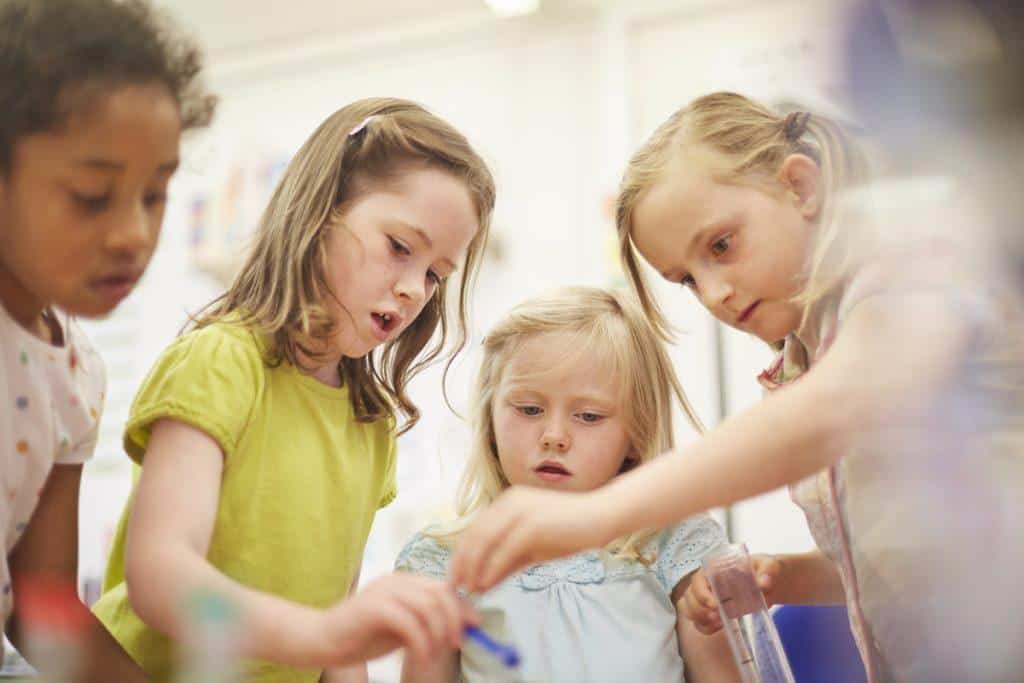
23 Scavenger Hunt Ideas & Resources
1. Outdoor Scavenger Hunt
This is a straightforward, fun activity for the lower grades. It takes them out of the house or classroom, looking for items outdoors. You can replace some of the items to suit your own environment.
2. Picture Scavenger Hunt
This scavenger hunt resource is also aimed at the lower grades. The clues are quite generalized and can be used in any environment, indoors or outdoors.
3. Parent Night Scavenger Hunt
The detective style of this scavenger hunt resource will appeal to students. It is a hunt for different aspects of work – and for their parents!
4. TeachSimple Digestive System Scavenger Hunt (Digital)
This is a scavenger hunt with a difference. It is completely 21st century and perfect for a device-driven generation of students. You can use it at home and in the classroom. The students scan the QR codes when they find the correct item on their list.
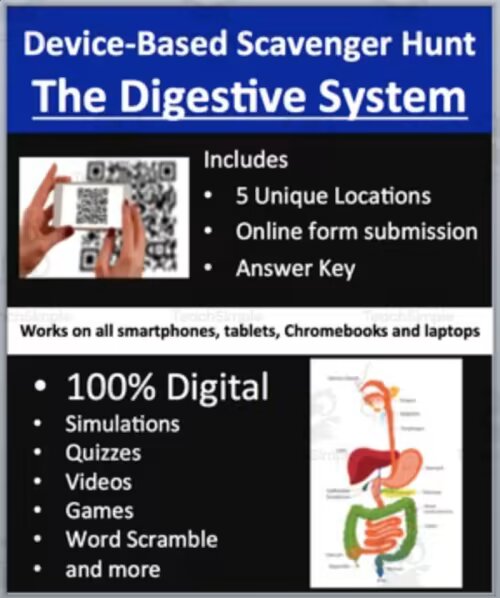
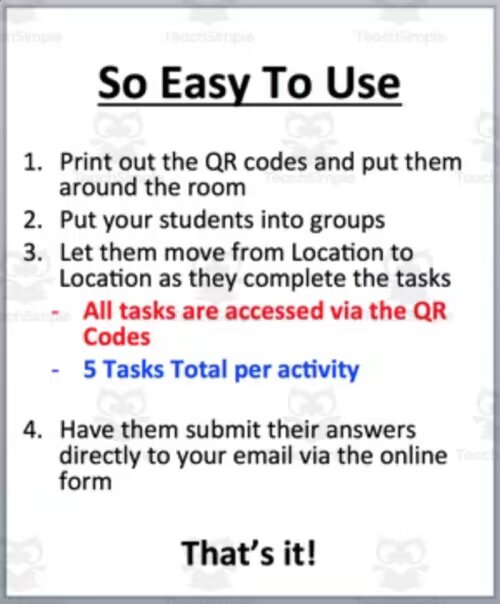
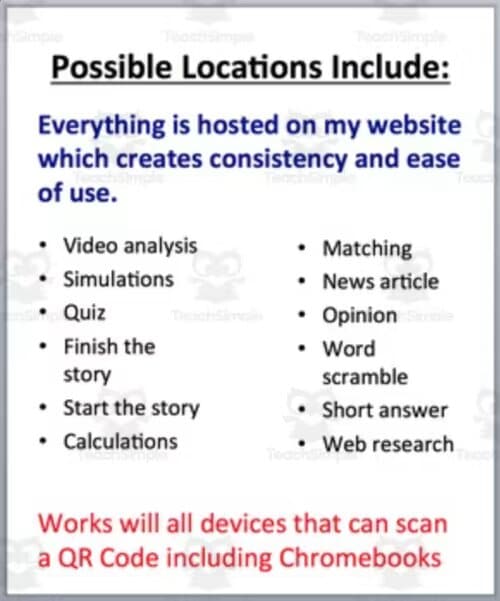
5. TeachSimple Scavenger Hunt Based On Poetic Devices
The activities in this pack pick out different aspects of poetry analysis. You can use them to unpack any poem, which can be the basis of a Scavenger Hunt.
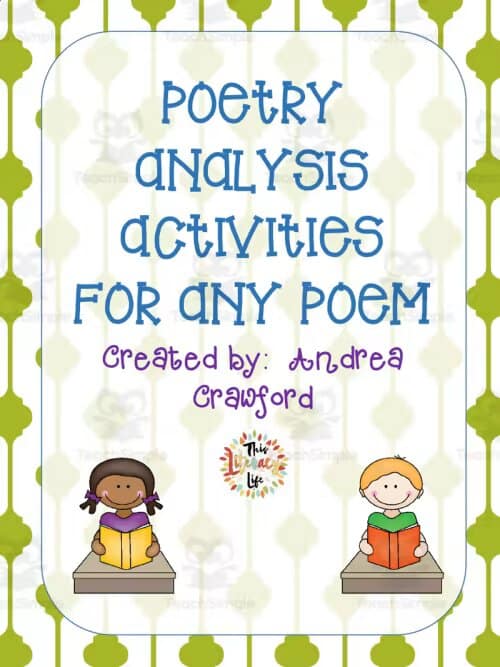
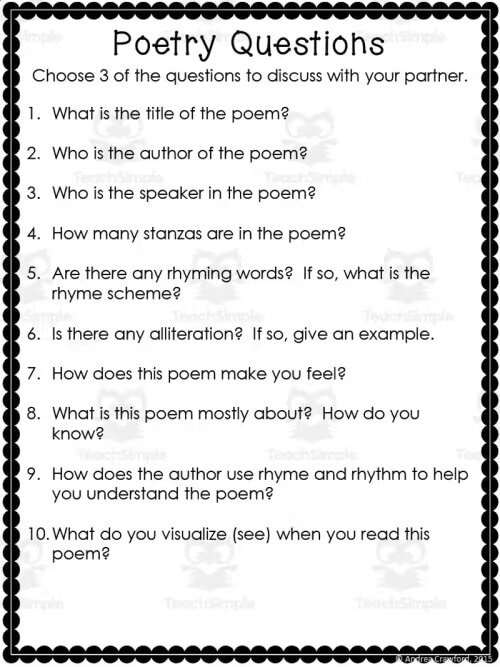
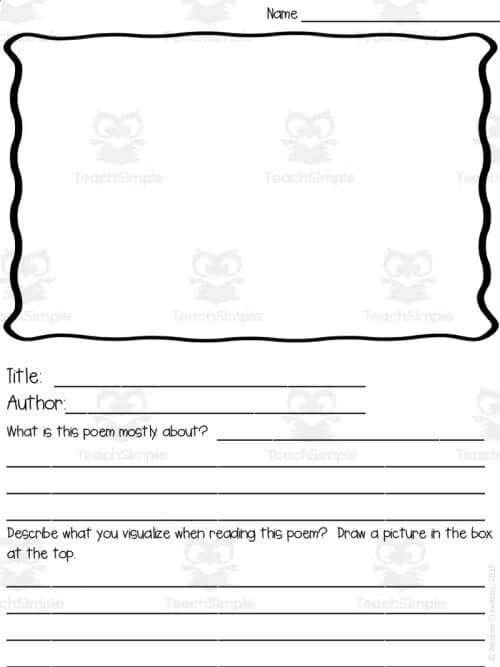
6. TeachSimple Math Scavenger Hunt: Functions
This resource is geared for Grade 8 students. The Scavenger Hunt is an interesting and challenging way for students to learn or practice functions. You can use it ‘live’, or there is the option to submit the answers digitally for reference via a computer.
7. TeachSimple Angles Relationships and Equations Scavenger Hunt
This resource has been designed for Grade 7s and meets the requirements of the Geometry Standard. There is a developed Scavenger Hunt activity that asks students to solve equations to find the missing variables. The answers are on separate cards.
8. TeachSimple DNA, Genes, Chromosomes, and Alleles – A Digital Scavenger Hunt Activity
This scavenger hunt resource is set for Grade 10 – 12. Students scan QR codes around the classroom, completing the tasks at each station. They submit their answers via email.

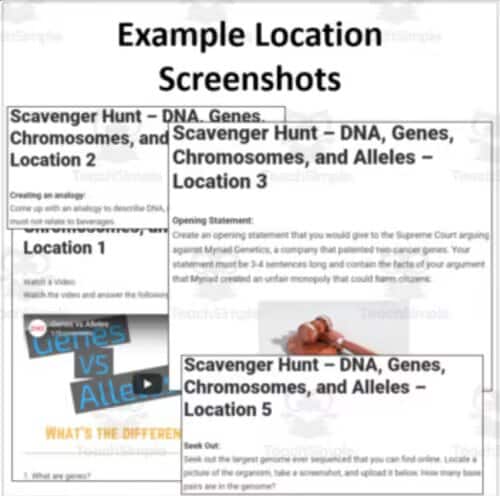

9. TeachSimple Grade 12 Cold War Revision Flash Cards
These cards could be used as the basis of a scavenger hunt where the students must find the cards that belong together.
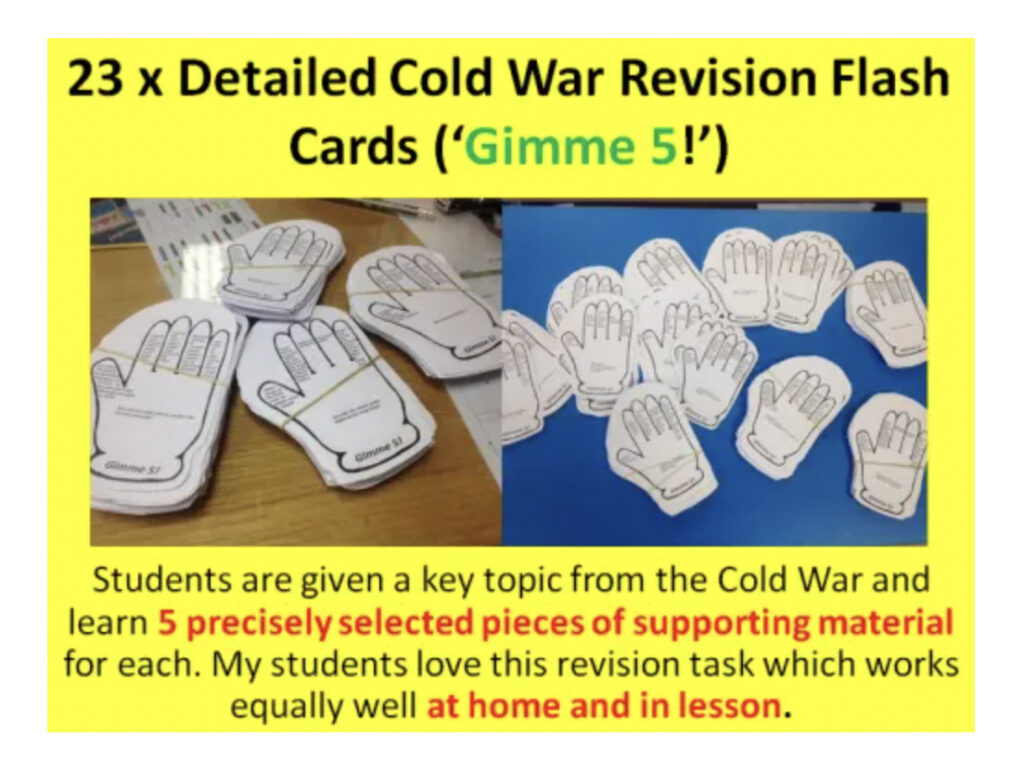
10. TeachSimple Writing Prompts And Activities For Groundhog Day
You could use the writing prompt cards for a creative scavenger hunt that involves finding the prompts and writing a short response for each.


11. My Spelling Dictionary
Working with words, definitions and dictionaries is the focus of this hunt. It is aimed at the upper grades, and you can adapt the content to suit your particular students.
12. Consonant Patterns Resource For Scavenger Hunts
This resource is aimed at children working at home, but can be used in the classroom just as effectively. The aim is to help children review phonics, pronunciation and spelling. The kids will be up and moving while they have fun with letters.
13. Family Scavenger Hunt (Get kids to write, read and spell for fun)
This resource is also aimed at helping kids improve their spelling, and writing and reading. It can be used at home and in the classroom, for teaching or as an extension activity.
14. TeachSimple 3D Shape Scavenger Hunt Worksheet
What better way to teach students about shapes than to get them to find the in the classroom or school environment?
This is a scavenger hunt idea that can be adapted for different grades. The worksheet features a cube, a cylinder and a prism. You can add to this for higher grades.
Bring objects in from outside the classroom, or find them in the classroom. Make sure there are at least 5 examples of each shape for the students to identify.
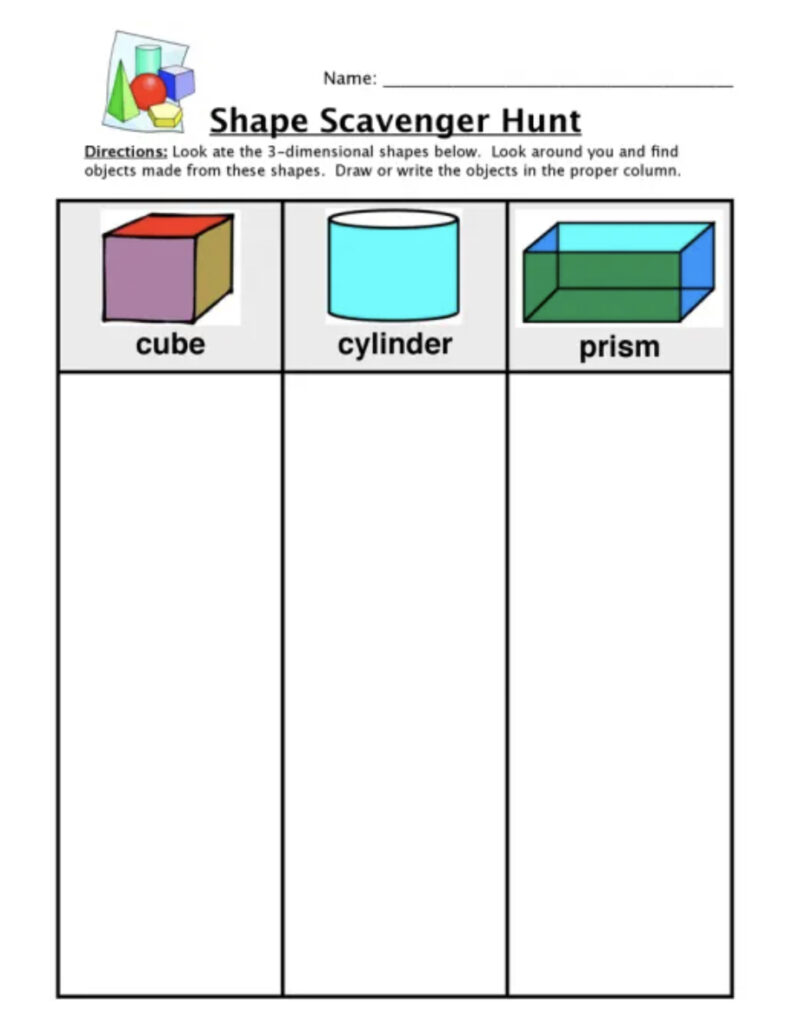
15. World Geography Scavenger Hunt Printables
With this resource, your kids can begin a virtual scavenger hunt that will teach them about the natural features in different countries and on different continents.
You can adapt the game to focus on other aspects of the world, such as countries and capital cities. With lower grades, you can use the same resources, but the kids should color in different states. Middle and higher grades should be able to find the various features.
16. Back To School Scavenger Hunt
Help your students get to know their classroom by sending them on a scavenger hunt. You may need to adapt the items on the cards, take some out, or add others. Make sure the students will be able to find everything in the room.
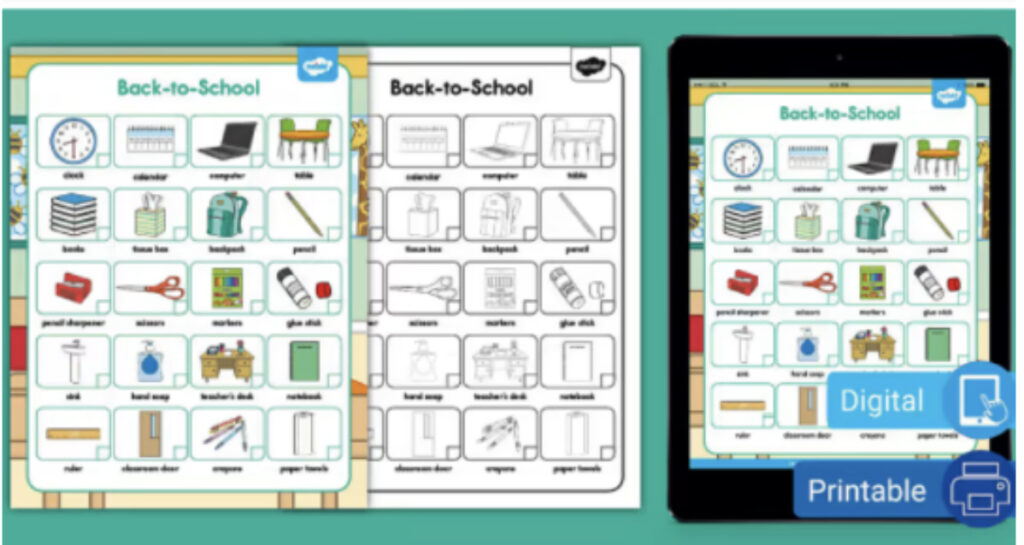
17. Scavenger Hunt Fun School Staff And Teachers Scavenger Hunt
Why not turn the idea of a scavenger hunt on its head and play it with the staff? Let your inner kid out and have some fun, while getting to know your colleagues. This is the perfect resource.
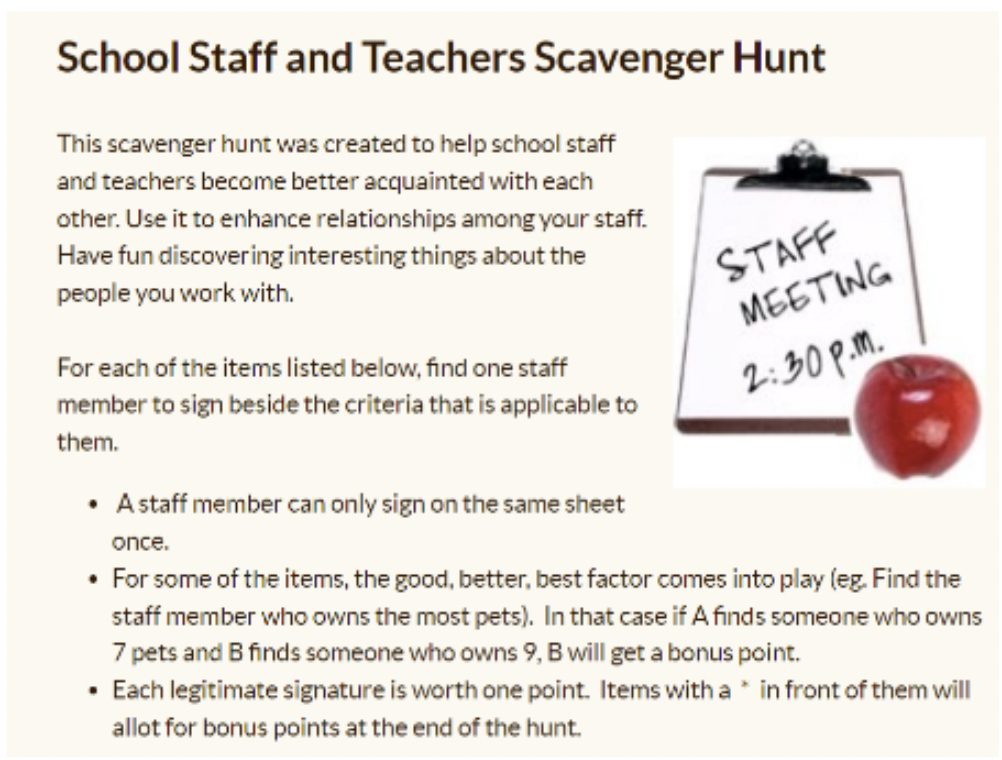
18. Science Scavenger Hunt
Tired but Crafty Mummy
Doesn’t science just lend itself to a scavenger hunt? It’s all around us, or it’s to be found in books, on the internet, and collections of photographs. This resource gives a long list of clues that will get students in the lower grades thinking as they search. It is also a great activity for higher grades to have some fun.
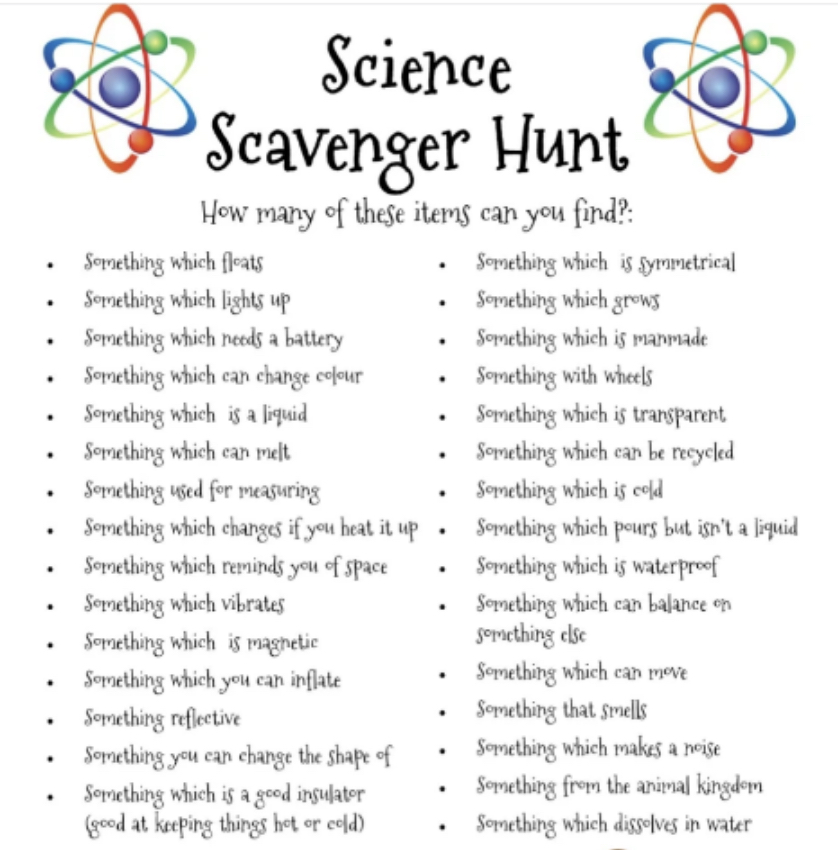
19. 4 Outdoor Science Scavenger Hunts
The Science Penguin
This resource offers four ideas for science scavenger hunts that are suitable for the middle to higher grades.
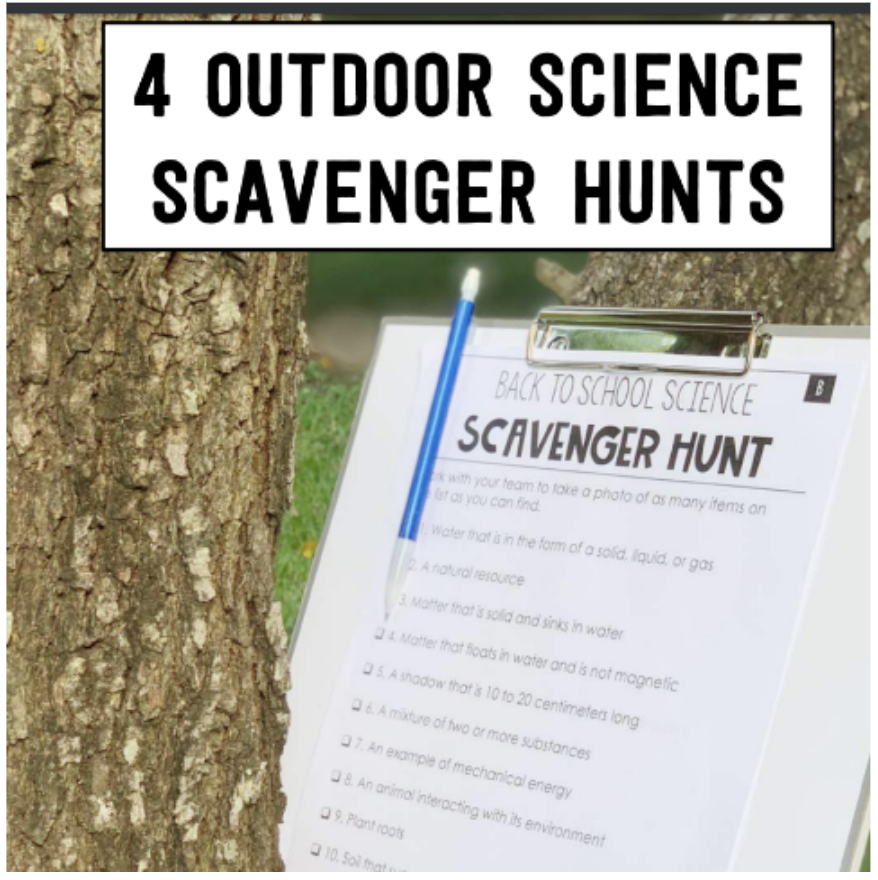
20. Teach Simple Christmas Arts And Crafts Activity
Why not create a bit of a Christmas bang with a themed scavenger hunt? You can use these activity sheets as the basis of the hunt. The students will then use them to produce arts and crafts work.
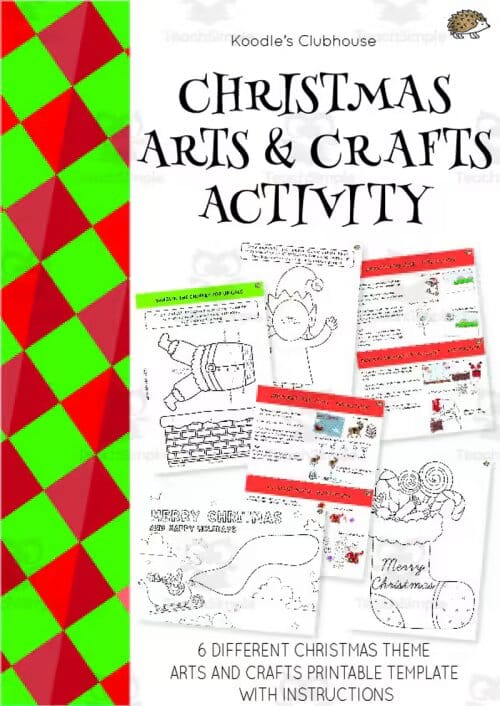
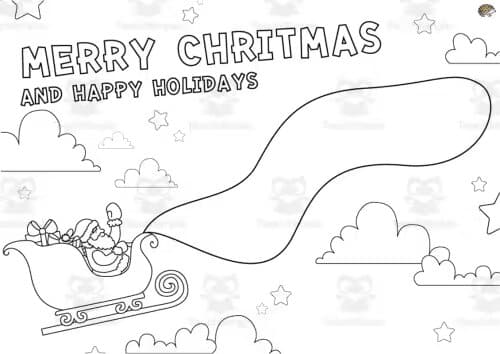
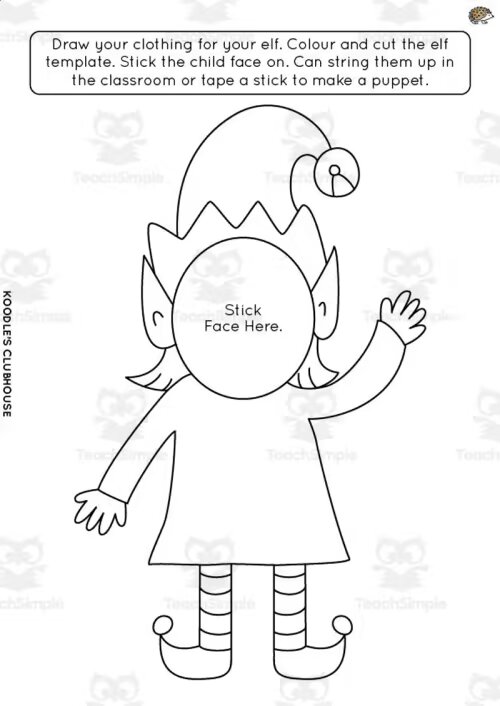
21. Teacher’s Creatures Beginning Language Arts Workbook
Teach Simple
This book gives you a number of ways to help students explore the letters of the alphabet. You can use them as the resource for a scavenger hunt.

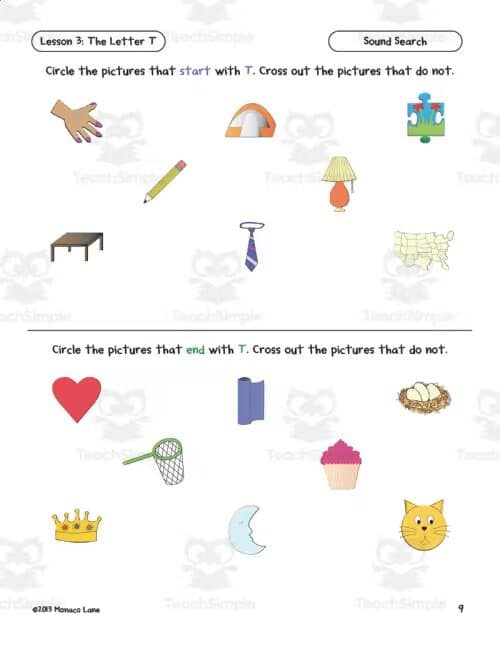
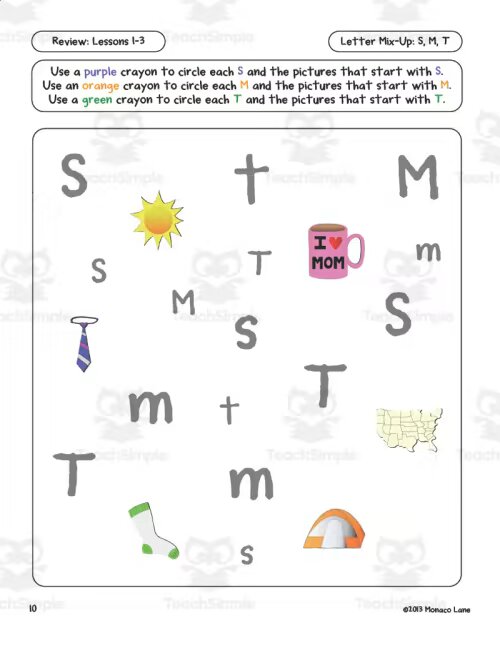
22. Colors Of Nature Scavenger Hunt
Messy Little Monster
Help your students learn all about colors and nature with this scavenger hunt that takes them outdoors and asks them to match flowers and the like to colors. You can also play this game indoors, by bringing the flowers into the classroom, or using other colorful objects.
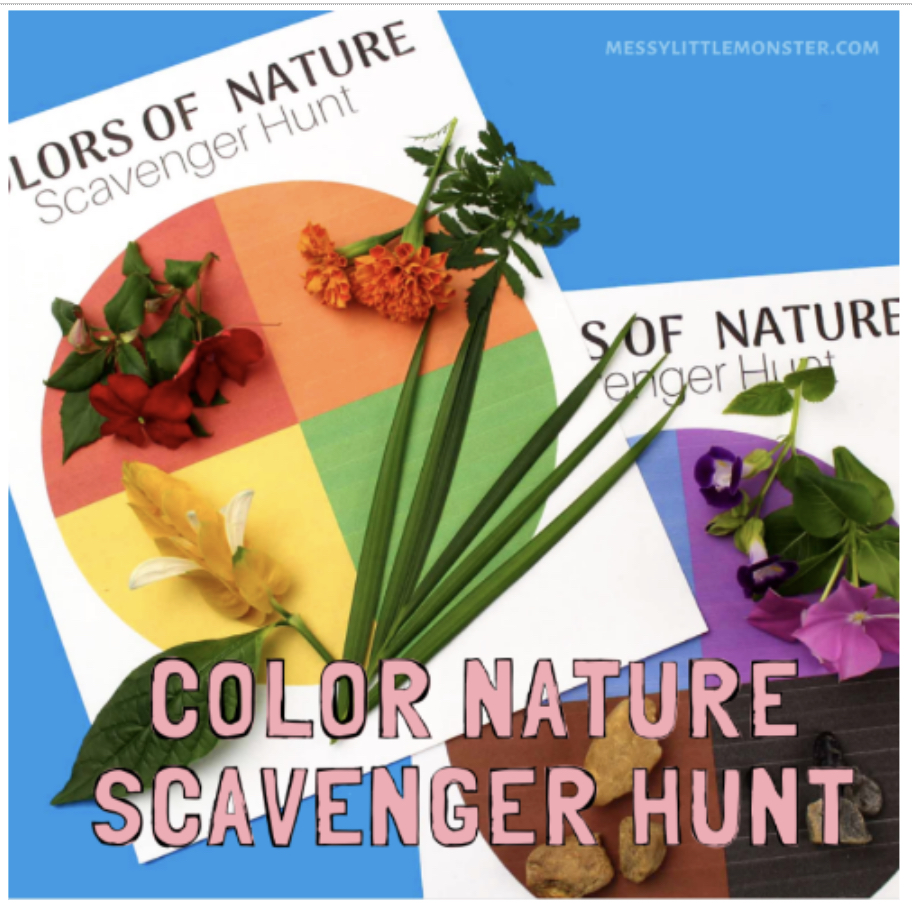
23. Theatre-Themed Scavenger Hunts
This resource is a great four-in-one, with four different scavenger hunts set around drama and theatre. The hunts can be done online, or in the classroom. The hunts vary from general vocab and knowledge about theatre, to one that focuses specifically on Shakespeare. You can adapt them to your students’ level.
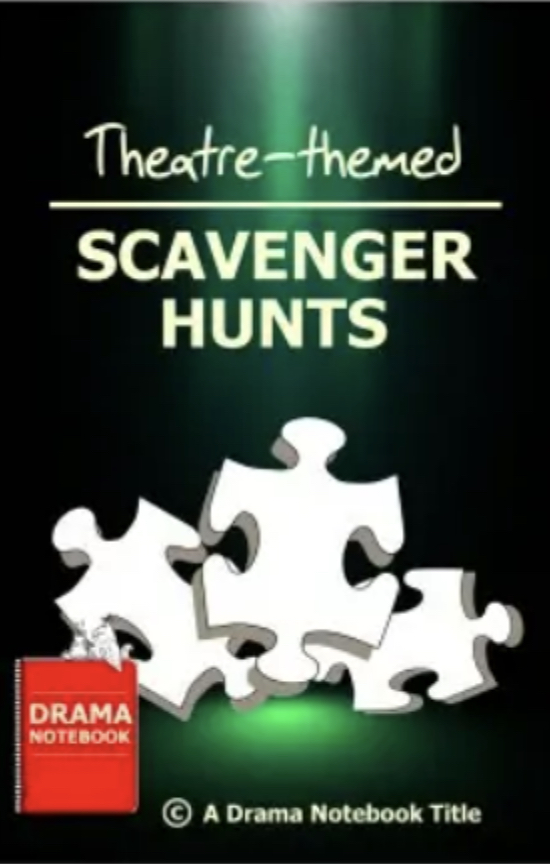
Classroom Scavenger Hunt FAQs
Your child will learn on two levels from doing a scavenger hunt. The first is related to the content. As they solve the clues, they will be learning to apply what they know in an active manner. They will also learn about how to work in a group, to solve problems and to think creatively.
You can make up any kind of scavenger hunt on your own that will suit your situation and your kids. However, there are so many resources for hunts available, that it may be more time-effective to use one of these. You can also adapt an existing scavenger hunt to suit your context.
The nature of a scavenger hunt is that the players must think quickly and creatively to solve clues. This is the perfect opportunity for students to collaborate and to share their knowledge to a specific end. It is also simply logistically easier for a big group of kids to do the hunt in smaller groups.
Final Thoughts About A Classroom Scavenger Hunt
Learning actively and interactively means that the students are engaged in the process and have to find the answers for themselves by applying what they know. This is learning they will remember. It is also the type of learning that happens during a classroom scavenger hunt. For highly effective learning, a classroom scavenger has endless benefits.
